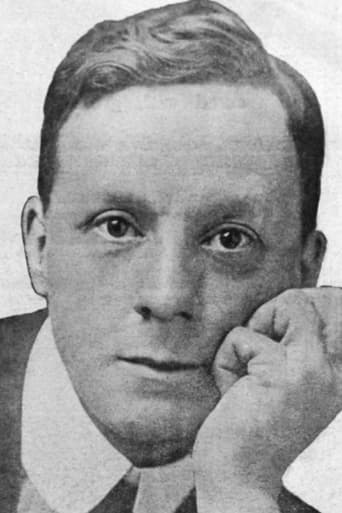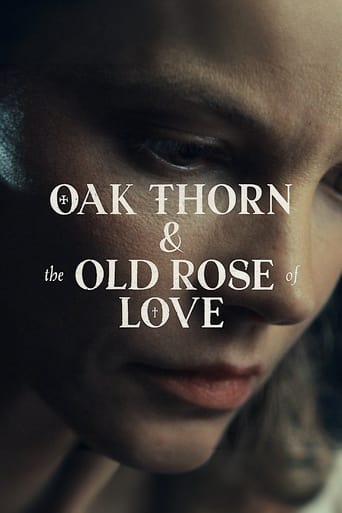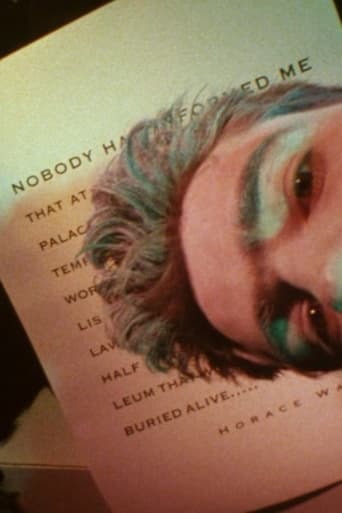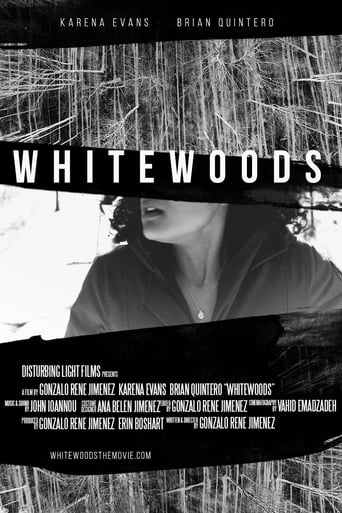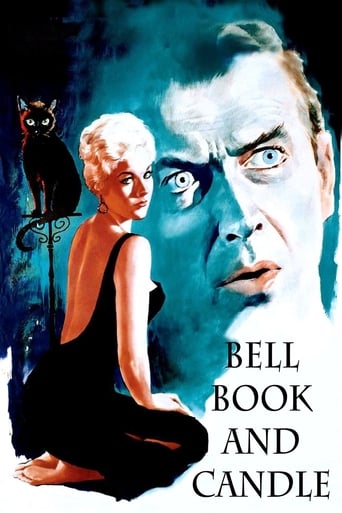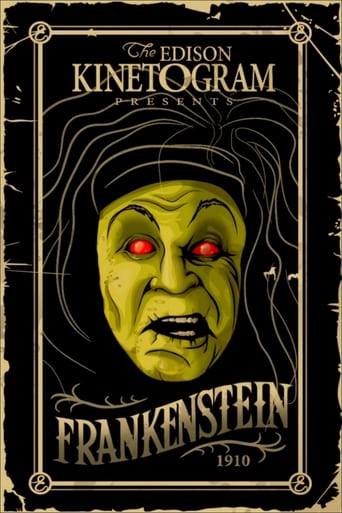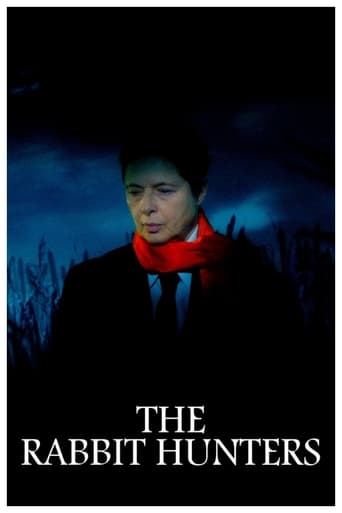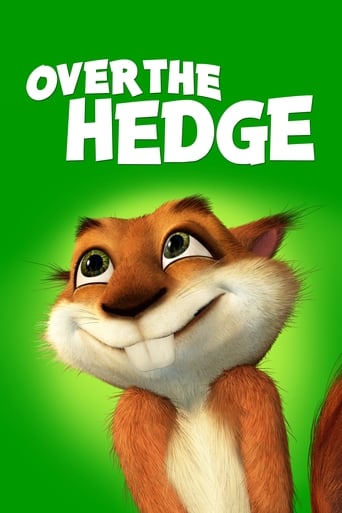
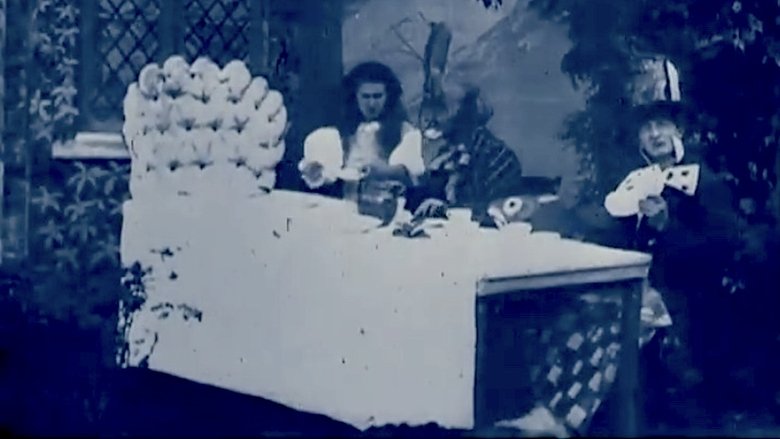
Alice in Wonderland (1903)
This is the first movie version of the famous story. Alice dozes in a garden, awakened by a dithering white rabbit in waistcoat with pocket watch. She follows him down a hole and finds herself in a hall of many doors.
Watch Trailer
Cast


Similar titles
Reviews
Best movie of this year hands down!
One of my all time favorites.
if their story seems completely bonkers, almost like a feverish work of fiction, you ain't heard nothing yet.
A terrific literary drama and character piece that shows how the process of creating art can be seen differently by those doing it and those looking at it from the outside.
Five years after Lewis Carroll's death, his most famous work entered the world of motion picture for the first time. And this 8-minute version has pretty much all the famous scenes: the white rabbit, Alice shrinking and growing, the meal with the mad hatter, the "card people" etc. Unfortunately, the physical quality of the film is so low that it really hurts the viewing experience. Occasionally, it's even absolutely necessary to know the story in order to understand what is actually going on, despite the intertitles. Anyway, it's still a good effort by directors Hepworth and Stow. The former also stars in the film as a frog. Sadly, these two have almost sunken into oblivion until today. Many of their films have gone lost, but looking at their prolific body of work, it's easy to see that they belong to Britain's most influential pioneers from the early days of cinema. Looking at how the most recent version of the tale starring Mia Wasikowska was a dominant force at the box office for months not too long ago, it's nice to see the story so relevant until this day and Hepworth and Stow here and there getting the recognition as well.
By and large, the biggest problem with most adaptations of Lewis Carroll's fable is people's tendency to read too much into it. I guess it could be said that he so effectively created absurdity that people cannot handle the absurdity of it and MUST give it meaning. Thus, film adaptations of Alice in Wonderland tend to either stray from the original story to include other random and bizarre things the director or screenwriter feels like inserting, or worse, includes some unnecessary theme or social statement. This short, over a hundred years old and the first ever adaptation of the book, succeeds mostly because its technical limitations, time constraints, and lack of sound allows the camera to just sit back and enjoy the absurd nature of Wonderland without too much deviation or social statement. It's an abridged Alice, but a true to form Alice nonetheless. Unfortunately, "Alice" is still too old.The effects are light and mostly done through double-exposures, sometimes giving away the process but they still tell the story, which is the most important part. Unintentionally, the awkward movements of silent cinema on today's screens help create a much more surrealistic movement behind the characters which helps. Unintentionally, the damage and rot that has occurred to the only surviving print over the years is also tragic, as it blows over some of the best moments and sometimes makes the movie a little hard to watch. This is an early silent film, so the blocking is mostly along a traditional staging, with cuts only between certain locations (or effects). This movie is meant to be flat and allow the viewer to enjoy the magic as it happens, not skip around with jumpcuts and uneven spokes. Oh well, what exists is an impression of what once was, and the idea is still there. The best work is the costuming and art direction, which was the most true to the book.--PolarisDiB
This ten minute silent movie presents an extremely condensed version of Carroll's immortal book, but still manages to be quite faithful to the source material (for example, Alice uses a magic fan to make herself shrink after she grows to giant size in the White Rabbit's tiny house). The special effects shots of Alice growing and shrinking are admittedly rather primitive by today's more sophisticated standards, but are effective and impressive for their time just the same. Cecil M. Hepworth's tinted black and white cinematography delivers a few pleasing visuals such as Alice going down an actual hole to venture into wonderland. The sets and costumes are very fanciful and elaborate. Attractive brunette May Clark makes for a fetching Alice. This charming relic offers a neat glimpse into the state of cinema back in its early 20th century infancy: While it may seem kind of plain and rough around the edges to modern audiences, it nonetheless qualifies as a cool piece of celluloid history that both hints at and plays around with the magical possibilities of this wondrous art form.
I don't know if this film exists in another form other than the public domain one that is available on the internet. My review is based solely on this public domain print. If there is a restored print available, please, please, please see that one instead, as the public domain one is severely degraded--much more so than usual. This is because older films were made on nitrate stock that would begin degrading (turning to powder, liquifying or even exploding over time) almost immediately. Many early sound and silent films simply no longer exist due to this decomposition. ALICE is so badly degraded that many portions of the film are almost unwatchable.As for the film apart from that, like many of the films of these early years of cinema, they've taken a literary classic and replicated scenes from it--not the entire film. As most films were five minutes or less (often much less), the fact that this is about eight is actually unusual--making this "full-length" at least for the time. In many ways, it was like a highlights clip. The costumes and sets, for 1903, were very good but when compared to films of the middle and late silent era, it would appear very crude and incomplete. If I were comparing it to other 1903 era films, I'd give it a 7 or 8, but given the severe decomposition, it's probably not worth seeing for the average person and more of interest to film historians and devoted fans.


